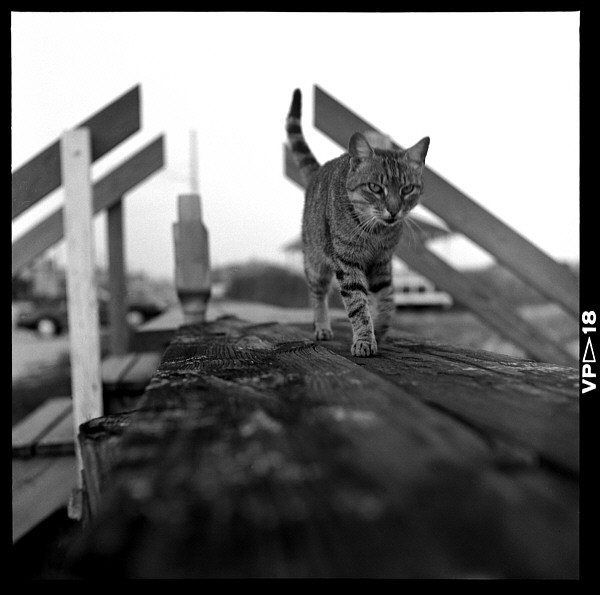Thomas78
Well-known
Hello,
I am looking for a bayonet I Rolleiflex.
I want a camera with the shutter cocking coupled to the film transport, so a Rolleicord is not an option.
Also I would prefer an Automat over a Rolleiflex T.
For the lens I have no specific preference for a Tessar or Xenar, though the Tessar seems to be available more often at a Rolleiflex Automat. Does anyone have a direct comparison and know if there is any real difference between them? (As much as I have read before, there seems to be no to very little difference.)
Oh, and I do not like the EVS-system and I hate it if I can not uncouple the shutter from aperture permanently.
So the question is: Which model of the Automat ist the best one optically and mechanically?
I am looking for a bayonet I Rolleiflex.
I want a camera with the shutter cocking coupled to the film transport, so a Rolleicord is not an option.
Also I would prefer an Automat over a Rolleiflex T.
For the lens I have no specific preference for a Tessar or Xenar, though the Tessar seems to be available more often at a Rolleiflex Automat. Does anyone have a direct comparison and know if there is any real difference between them? (As much as I have read before, there seems to be no to very little difference.)
Oh, and I do not like the EVS-system and I hate it if I can not uncouple the shutter from aperture permanently.
So the question is: Which model of the Automat ist the best one optically and mechanically?





